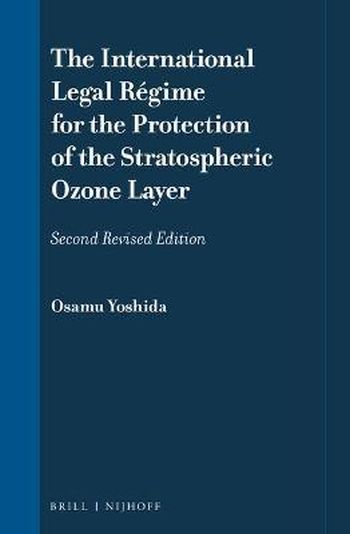
The Montreal Protocol, which is based on the Vienna Ozone Convention, is known as one of the most successful environmental treaties in the history of international law. These treaties, together with non-binding instruments adopted by the MOP/COP, have gradually formed the so-called 'ozone regime' and have exerted a significant influence on the international legal order.
The first edition of Professor Yoshida's monograph, The International Legal Regime for the Protection of the Stratosphere Ozone Layer, published in 2001, provided a renowned and comprehensive contemporary study of the international ozone regime. In the second revised edition, the author provides a detailed analysis of the developments in the ozone regime after the adoption of the 1999 Beijing Amendments, including the operation of the Non-Compliance Procedure and the Kigali Amendment on a global phase-down of HFCs.